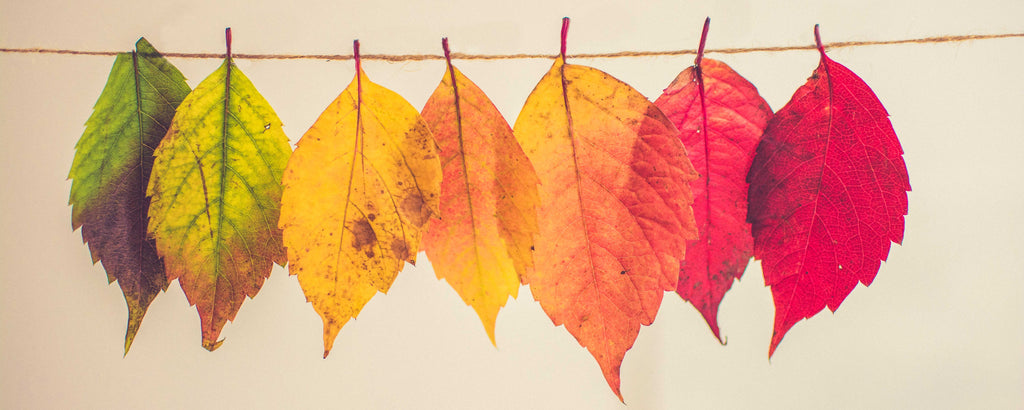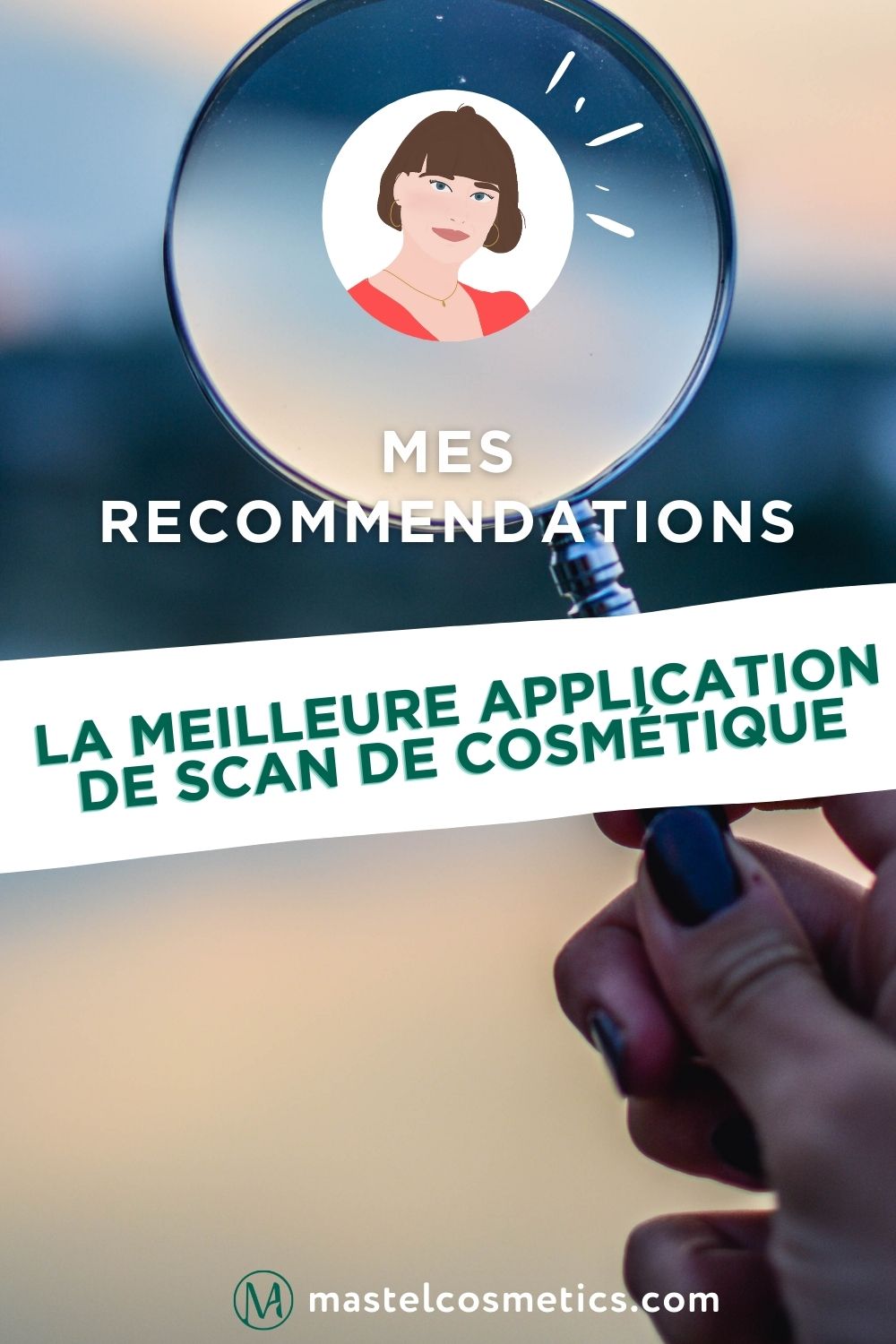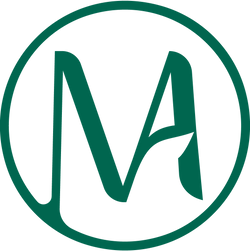Podcast: Episode 33, Yuka, is this the best app?
Listen to the audio episode to become an expert in cosmetic scan apps
- Available on: Episode 33: Yuka, is this the best app?
- Also available on Spotify , Apple Podcast and Google Podcast
Summary of the episode:
- Explanation of how cosmetic product scanner apps work
- How does Yuka work? What are his limits ? Is there a better app than Yuka?
- Why I recommend the Claire application.
COSMETICS ANALYSIS APPLICATIONS
1. How does it work?
Cosmetics analytics apps are mobile apps that give users information about the ingredients in cosmetics .
This is usually information related to product safety . These applications are increasingly used and are popular in France but also internationally, among them: Yuka, Inci Beauty, Clean Beauty, Mireille App for France, EWG for the United States, Think Dirty for Canada or Beauty Evolution for China.
Their operations are quite similar. These are applications that are generally downloaded for free on their smartphone, and which have access to the camera functionality of the phone. Through the application, the user can either scan the barcode of the cosmetic or directly take a photo of the list of ingredients of the cosmetic to be analyzed. The application gives a score either in the form of a fraction, on /100 for Yuka, /20 for Inci Beauty, or using a color code, or the letters of the alphabet.

2. BARCODE SCAN
When the application uses the barcode, then the analysis of the cosmetic requires that the product has been identified previously.
This is the case of Yuka. In most cases, the application involves the user . That is to say, when the user scans the barcode of a product that has never been identified, the application asks the user to enter data relating to this product.
For Yuka, you have to scan the barcode, indicate the name of the product and its brand, choose the category of the product from a list, you have to upload two photos: one of the product, one of its ingredient list, check the transcription from the ingredient list.
The analysis is very fast and can be done in an hour. After that, all users who scan the products will have access to its analysis: each ingredient is noted with a color code, with an associated description and categories .
3. The INCI photo
If the application allows to take a picture of a list of ingredients (INCI), then the analysis is carried out directly.
The product does not need to be referenced beforehand but there will not really be a product page with the name, the photo of the product etc.
YUKA: THE DIFFERENT RATINGS
1. Presentation & ingredient note
To explain how applications rate cosmetics, let's take the example of Yuka, the most downloaded application in France on iOS or Android
It launched in January 2017 in the analysis of food products and diversified in June 2018 with the analysis of cosmetic products. Yuka has a database of cosmetic ingredients, which they rate according to 4 criteria (endocrine disruptor, allergen, irritant, carcinogen) and according to 4 levels of risk (a high risk corresponds to a red color, a moderate risk is represented by a orange color, a yellow color corresponds to a limited risk and a green color to no risk).

According to them, the Yuka team relies on scientific literature to assign color notations to ingredients. It's a team of 11 people, who are computer scientists or marketers, with the added help of a nutritionist for their blog.
It goes without saying that it is difficult for a team of 11 people who are not toxicologists to analyze in detail the safety of thousands of ingredients . Namely that at European level, it is the delegation of the CSSC (Scientific Committee for Consumer Safety) to review the safety of ingredients. It is a committee made up of several dozen doctors and European professors. Suffice to say that the work done by Yuka's team is colossal.
2. Scoring of the cosmetic: the levels
After all the cosmetic ingredients are rated, the app has an algorithm that gives the rating of the finished product based on the rating of its ingredients.
The finished product has a mark out of /100. Its color is dark green if its score is between 75 and 100, it is light green between 75 and 50, orange between 50 and 25 and red below 25/100.
The algorithm is extremely harsh because if the finished product contains a single red ingredient, even if it is in minimal quantities, then the finished product will have a red rating.
The color of the finished product cannot be better than the color of its worst ingredient. If your shower gel contains an orange ingredient, then it will be rated orange at best. The exception is for ingredients whose color is yellow, they do not force the finished product rating to the color of the ingredient, as there is no yellow color for the finished product.
3. The algorithm

The scoring method changes in stages. Depending on the color, the counting of points is different:
- if the product has no orange or red ingredient then each yellow ingredient will remove 7 points + penalties if noted as carcinogenic or endocrine disruptor.
- if the product contains at least one orange ingredient, it will be a maximum of 49 and each additional orange ingredient will deduct 6 points, and each additional yellow ingredient will deduct 2 points, always with penalties for ingredients noted as carcinogenic or endocrine disruptors.
- if the product contains at least one red ingredient, its maximum score will be 24/100, etc.
LIMITATIONS OF SCAN APPLICATIONS
1. Technical limitations
One of the biggest problems is the use of barcodes to reference the product, as this does not ensure an up-to-date ingredient list .
The barcode is normally used by the distributor, and does not store product-specific information such as the list of ingredients. It is the mobile application that links the barcode and the list of ingredients transmitted when adding the product. The brand does not have a platform available to indicate a change of ingredients . If the brand reformulates its products, changes the ingredient lists but keeps the same barcodes then the application will not reflect the new ingredient lists and you will analyze a cosmetic that is not the right one.
If the application does not use the barcode, it asks to take a picture of the list of ingredients. Thus, some ingredients may not be recognized, especially if the packaging is cylindrical and not all the ingredients are present in a single photo.
2. "The dose makes the poison"
In toxicology, one of the key principles is “ the dose makes the poison ”. Our body's response to a molecule depends on the dose to which it is exposed. Some studies show that the relationship is not always linear, but our body's response depends on the dose administered.\
Water can be deadly , some died after drinking 6 L of water. And water is one of the major components of cosmetics, with very high concentrations. So, should water be noted as a risky ingredient in cosmetics?
No, because the route of administration and the quantity of this ingredient under the normal conditions of use of cosmetics do not correspond to a risk situation.
To assess the risk of an ingredient in a cosmetic, it is necessary to have access to its concentration within the formula . Mobile cosmetics analysis applications obviously do not have access to confidential formulas and are unable to assess the risk of ingredients in products.

Fortunately, it is the work of a toxicologist who necessarily intervenes during product development and before it is put on the market.
The law obliges the brand to request a toxicological analysis from an expert in this field by giving him access to confidential documents such as the formula, or documentation on the raw materials, and the tests which have been carried out on the finished product such as the skin irritation tests or eye irritation, for example. 📎 Episode 13 discusses the various tests carried out on cosmetics .
This expert thus has all the keys to assess the harmlessness of the product, he is independent and signs in his name. He takes some responsibility.
3. My recommendations
My first recommendation is to not be afraid of your cosmetics because they have been extensively tested and studied before they reach your hands.
My second recommendation is to use an application like Claire , which does not list the ingredients but gives a description of them. It will allow you to learn more about their uses in cosmetics and their skin benefits . This application works by taking a photo of the list of ingredients, it may have technical limitations (forgotten or misinterpreted ingredients).
It is educational and does not surf on fear marketing. It was developed by cosmetic experts who are the FEBEA (the Federation of BEAUTY Companies) and the SFC (the French Society of Cosmetology) .
It does not question the safety of the product which had to be evaluated by a toxicologist but it indicates the known benefits of the ingredients . Again, the app doesn't know the concentrations, it can't claim that the finished product contains enough of the raw material to receive the ingredient's benefits . It does not question the work of the toxicologist and provides the most objective information on the ingredients. That's why, it's the only app I recommend.
|
Am I objective as the founder of Mastel? Yes, all my content is purely objective! Moreover, Mastel treatments are rated 100/100 on Yuka, so I have no interest in recommending against the application, on the contrary. From a scientific point of view, I don't trust mobile apps to rate/evaluate the safety of a cosmetic product. |
 |
Did you miss the last episodes? Take a look at episode 32 - Solutions against greenwashing or the 5 tips for sunscreen experts .
Did you like this article? 📌 Pin it on Pinterest to find it later!
 |
 |
 |









Leave a comment